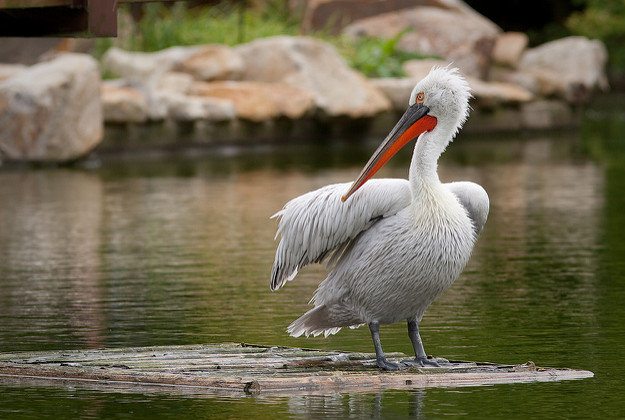This is an article written by Brana Vladisaljevic and published at Lonely Planet.
Birdwatching tours in the wetland areas of Albania’s Adriatic coast are becoming this country’s new tourist attraction. Over the last couple of years, since the government’s ban on hunting was introduced in 2014, wildlife numbers have improved and tour operators have started offering guided itineraries that for now are focusing mainly on birdwatching.
 Dalmatian Pelican
Dalmatian Pelican
One of the main birdwatching areas in the country is the Divjake-Karavasta National Park, 90km south of the capital Tirana. It has the largest lagoon in Albania that’s also famous for the endangered Dalmatian pelican. According to the Albanian Ornithological Society, which also runs birdwatching tours, Karavasta offers shelter to more than 245 species of birds. AOS lists the Narta lagoon, located near the southern coastal town of Vlora, as the second most important site for water birds in Albania.
Another popular birdwatching site is Lake Shkodra, shared with Montenegro and situated next to the town of Shkodra. This is the largest lake in the Balkans and considered one of the most important sites for migratory birds in Europe. Other possible locations for wildlife-watching include Theth national park and Valbona valley in the Albanian Alps, where hiking has so far been the main activity for tourists, and Butrint national park on the Adriatic coast, where ancient ruins can also be explored.
Lake Shkodra
The hunting moratorium introduced by the Ministry for the Environment expired in March 2016, and the government’s announcement that it’s planning to expand it for another five years has received strong support from environmentalist groups and the tourism industry. Before the ban was introduced, hunting was booming because it brought considerable income to locals, but it seriously damaged the wetlands’ ecosystem and endangered the wildlife in the region.


Leave a Reply
You must be logged in to post a comment.